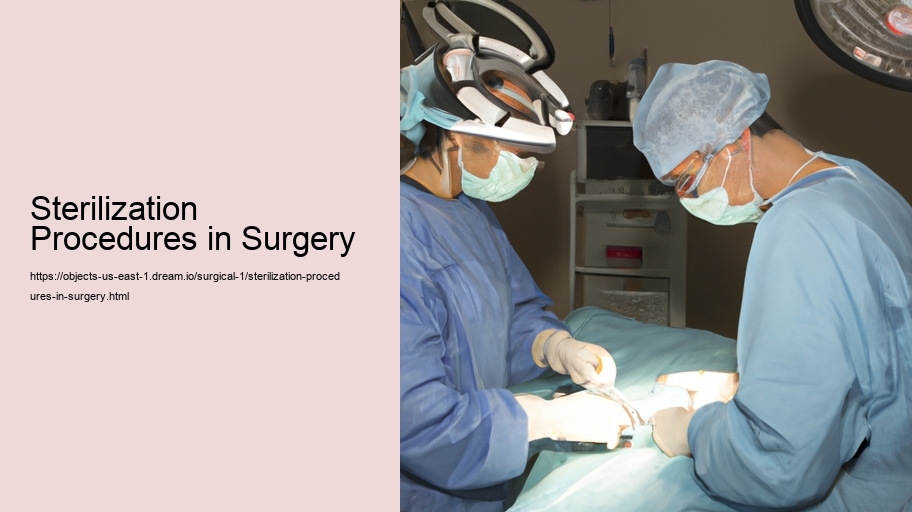Sterilization procedures in surgery are a paramount aspect of the medical field that ensure the safety and wellbeing of patients. The primary aim of these procedures is to eliminate the risk of infection by destroying all forms of microbial life, including bacteria, viruses, fungi, and spores, which can be present on surgical instruments, surfaces or any equipment that may come into contact with the surgical site.
The importance of sterilization cannot be overstated, as surgical procedures breach the body's natural barriers, exposing internal tissues to the outside world. This exposure creates a risk for infection, which can lead to complications, prolonged recovery, or even death. Thus, strict sterilization protocols are meticulously followed to uphold patient safety and achieve successful surgical outcomes.
There are several methods of sterilization used in surgery, each with its own specific applications and effectiveness. The most common methods include steam sterilization, ethylene oxide gas, hydrogen peroxide plasma, and chemical sterilants.
Steam sterilization, also known as autoclaving, is the most widely used method due to its efficacy and cost-effectiveness. It involves exposing surgical instruments to high-pressure saturated steam at a temperature of at least 121 degrees Celsius for a specific amount of time. This process is known to kill all microbes and is suitable for most surgical tools made of metal or glass.
Ethylene oxide gas sterilization is used for materials that cannot withstand the high temperatures of steam sterilization, such as some plastics, delicate electronics, and optical devices. Ethylene oxide is a potent antimicrobial agent that can penetrate packing materials and reach all surfaces of the item being sterilized. However, this method requires aeration post-sterilization to remove any residual gas, which can be harmful to patients and staff.
Hydrogen peroxide plasma sterilization represents a low-temperature alternative that is compatible with a wide range of materials. It is especially useful for instruments with complex designs or those containing both metal and plastic components. The process involves diffusing hydrogen peroxide vapor into a sterilization chamber, then converting it into a plasma state. This effectively destroys microorganisms and leaves no toxic residues.
Chemical sterilants, such as glutaraldehyde and peracetic acid, are used for heat-sensitive items that cannot be processed using other sterilization methods. These chemicals are highly effective, but they require thorough rinsing of the instruments after sterilization to remove any residual substances that could be harmful upon contact with tissue.
The success of sterilization procedures also depends on proper cleaning and handling of surgical instruments prior to sterilization. This includes meticulous scrubbing, ultrasonic cleaning, and inspection of each instrument. After sterilization, instruments are stored in a way that maintains their sterility until they are needed for surgery.
In addition to sterilizing surgical instruments, operating rooms themselves must adhere to aseptic techniques. This includes the use of sterile drapes, gowns, gloves, and other barriers that prevent the introduction of pathogens into the surgical field. Surgeons, nurses, and any staff involved in the procedure must follow strict hand hygiene protocols and use appropriate personal protective equipment.
In conclusion, sterilization procedures in surgery are a critical component of patient care. They involve a series of rigorous steps designed to create a sterile environment that prevents infections and ensures the best possible outcomes for patients undergoing surgical interventions. By adhering to these protocols, healthcare providers demonstrate their commitment to patient safety and the highest standards of medical practice.
